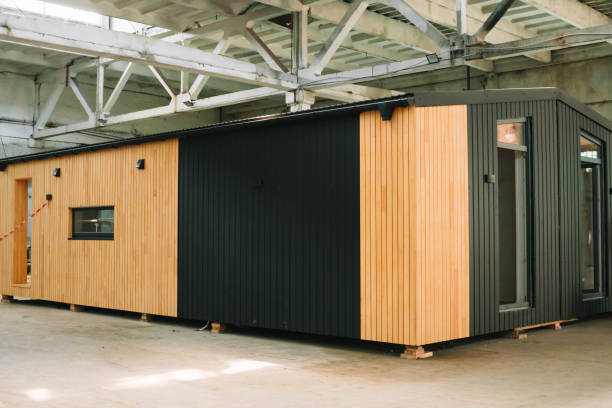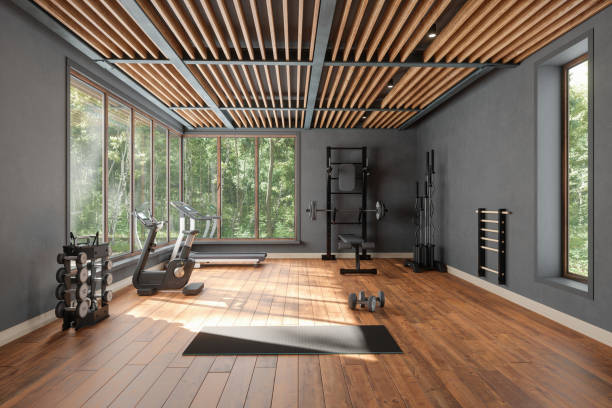Modular Mayhem: Pitting Affordable Modular Homes Against Disaster Relief Dynamos

Who said houses have to be built the old-fashioned way, with bricks and mortar stretched out over months, if not years? Not me! Let's dive into the world of modular homes, where affordability meets rapid deployment, and see how these dynamic dwellings are changing the game in 2025.
Breaking Down the Basics: What's the Big Deal with Modular Homes?
First off, imagine snapping together a house like Lego. That's the cool, simplified gist of modular housing. These structures are fabricated off-site in a climate-controlled factory, shipped in pieces, and assembled faster than you can say "open house." Now, let's toss two types into the ring: affordable modular homes and their cousins, disaster relief modular homes.
Affordable modular homes? They're the budget-friendly heroes of the housing market. Designed to be cost-effective, they skip the drama of traditional construction and pass the savings onto you—or so they claim.
Then there's disaster relief housing. These bad boys are built for speed and durability, popping up in the blink of an eye to provide a quick fix in crisis zones. But just how do they stack up to their more economical counterparts?
Tale of the Tape: Cost Efficiency vs. Rapid Deployment
Let’s get down to brass tacks. When you’re looking at affordable modular homes, you're talking about slashing prices without skimping on quality. Who doesn't love a good bargain that also ticks all the eco-friendly boxes?
Disaster relief housing, on the other hand, is the Usain Bolt of home construction. It's all about rapid response: quick to deploy and ready to shelter those in need with minimal lead time. The focus here isn't on cutting costs but on saving lives and providing immediate relief.
Environmental Smackdown: Which is Greener?
Now, for a twist. If you think all modular homes are born equal in the eyes of Mother Nature, think again! Affordable modular homes are often celebrated for their sustainability. Less waste, reduced construction time, and typically a smaller carbon footprint.
Disaster relief houses may not always have the luxury to prioritize environmental impact when speed is of the essence. However, many are designed to be reused or relocated, which is a green plus in the chaotic aftermath of a disaster.
Quick Comparison List
- Construction Speed: Disaster relief homes win, hands down.
- Cost-Effectiveness: Affordable modular homes take the cake.
- Eco-Friendliness: Generally, affordable modular homes edge out, but disaster relief options are catching up.
- Longevity and Durability: Both types are built to last, but the purpose influences design—comfort vs. temporary relief.
- Customizability: Affordable homes offer more bells and whistles.
- Portability: Disaster relief homes are inherently designed for easy transport.
And there you have it—a snippet into the modular world where both styles serve their purpose with distinction.
While both types of modular homes have their merits, it's like comparing apples to emergency rations—they serve different needs in our society. In my experience, whether it's picking a domain name or choosing a modular home, it all boils down to what your specific needs are.So, What's the Verdict?
Choosing between affordable and disaster relief modular housing isn't about finding a one-size-fits-all winner. It's about matching the right type of modular magic to the right situation. Like picking the right tool for the job, or in my case, the right dad joke for dinner time!
Got thoughts on modular housing or a modular moment of your own to share? Drop a comment below and let's chat housing innovations!










